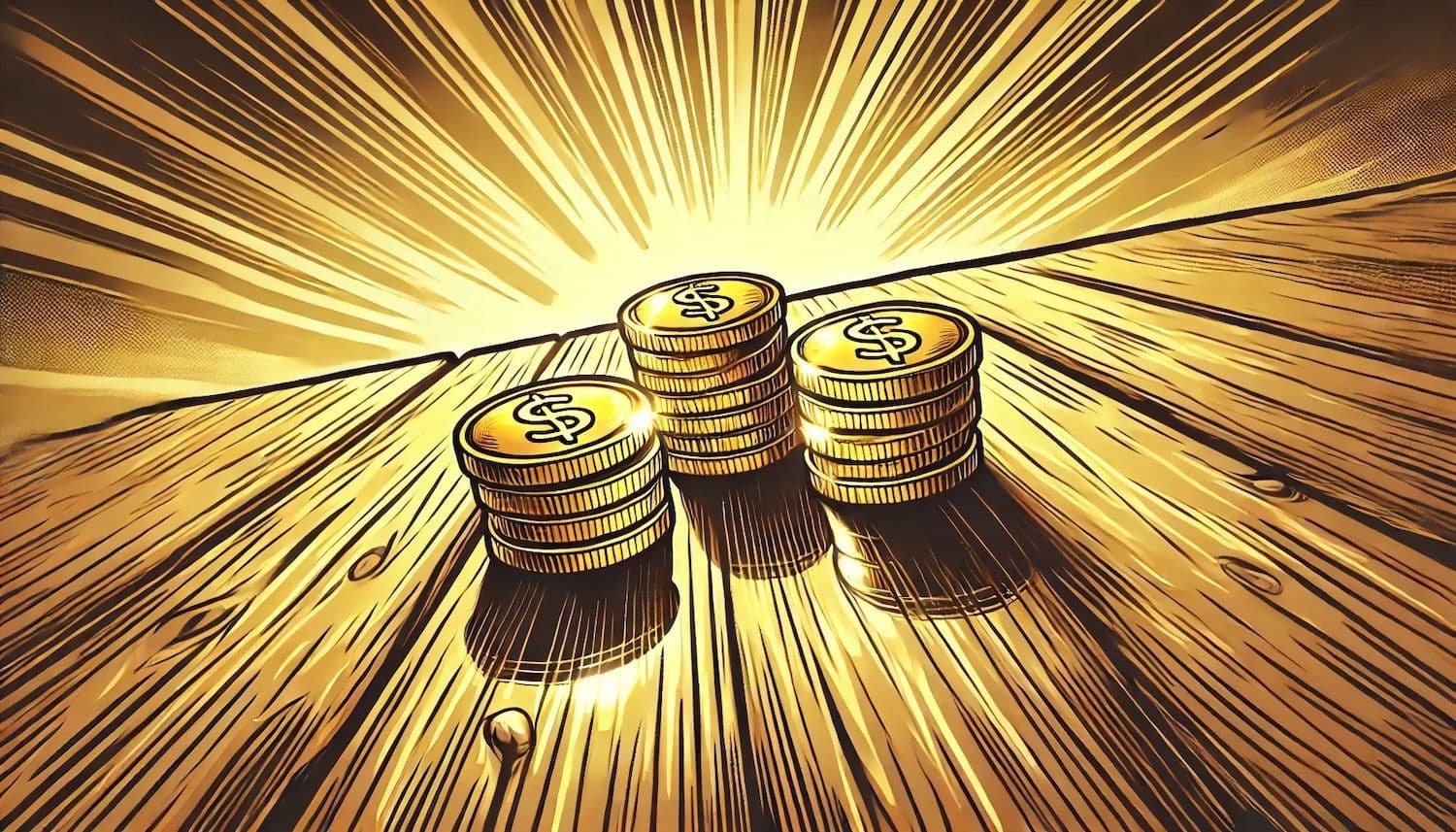Another thrilling week for meme coins. It's a rollercoaster that never ends. At least for the top 10 meme coins, showcasing the volatility and speculation that define this corner of the crypto market.
Here's what went down with your favorite tokens.
Dogecoin (DOGE) had its ups and downs, at one point going up so sharply, it gave hope for a real rebound, driven largely by renewed interest from retail investors and a flurry of trading activity. It seemed the iconic meme coin, which has seen its fair share of ups and downs, continues to benefit from the broader bullish sentiment in the crypto market. But the week ended with a rather sad decline (-6%). Dogecoin's developers have also been working on updates to improve the coin's functionality, including security enhancements and API improvements.
Shiba Inu (SHIB) also had a strong showing at some point. And then dived (-7%). The token's price has been buoyed by its ongoing burn strategy, which has reduced its circulating supply significantly. The introduction of Shibarium, Shiba Inu’s Layer 2 solution, has sparked bullish sentiment among its community, helping the token to maintain its position as one of the top-performing meme coins on Ethereum. Will it last? We'll see.
Pepe (PEPE) isn't doing even near as good as fans have hoped. It went down significantly (-13.9%). And yet, this frog-themed meme coin continues to capture the imagination of investors, with its market cap now exceeding $5 billion. Hopefully, the spike in PEPE's price will be attributed to substantial market inflows and the broader momentum in the meme coin sector.
Dogwifhat (WIF) was miserable, to say the least. A jaw-dropping 23% decline is difficult to explain simply mentioning market volatility. The Solana-based token, inspired by a viral image of a Shiba Inu wearing a pink hat, has quickly become a favorite among traders. The hopes were so high. Its decentralized governance model and strong community engagement have only added to its appeal. But WIF has been performing poorly recently not living up to investors' expectations.
Bonk (BONK), another Solana-based meme coin, also experienced steady decline (-13%). Bonk has a vast audience of crypto believers thanks to its unique positioning within the Solana ecosystem. The coin's trading volume surged in the past few weeks, reflecting increased investor interest. That might be a good sign.
Floki (FLOKI) enjoyed a moderate decline (-13%) rise, driven by a combination of market optimism and key developments within its ecosystem. Floki's diverse range of features, including a play-to-earn game and staking options, has helped it gain traction among crypto enthusiasts. Its market cap now stands at over $1.8 billion, making it a serious contender in the meme coin space. Many experts say Floki has not yet shown its true ability to withstand market fluctuations.
Brett (Based) and Book of Meme (BOME) have been relatively quiet compared to the troublesome performances of their counterparts. However, both coins have seen modest decline as they continue to build their respective communities and develop use cases within the crypto space.
DeXe (DEXE), a governance token for decentralized finance (DeFi) applications, is a very unusual type of a meme coin (not everyone agrees with such a definition) but has nonetheless been caught up in the broader market's positive sentiment. The token has seen a steady increase in value lately as investors seek exposure to DeFi-related assets. Last weeks decline was almost negligible for DEXE (-6%). At least in comparison to some other coins in our list.
Finally, Popcat (SOL), the Solana-based token inspired by the popular internet meme, has crashed painfully (-32%). While not as explosive as some of the other coins, Popcat has a loyal following and continues to be a popular choice for meme coin enthusiasts on the Solana network. Will this sharp decline influence this sentiments remains to be seen.

